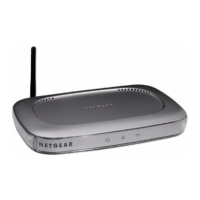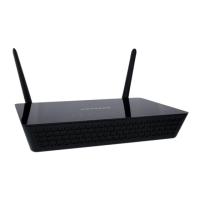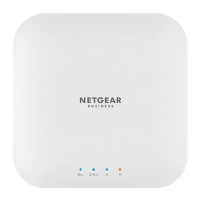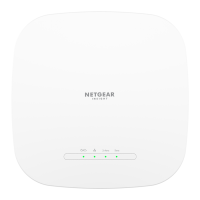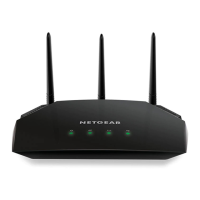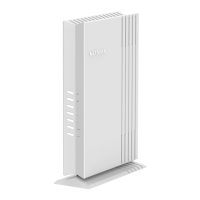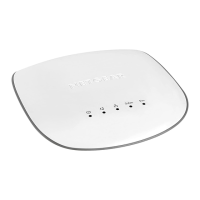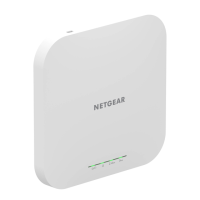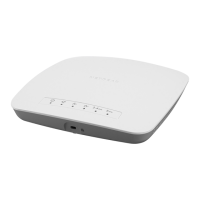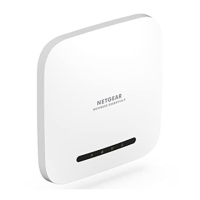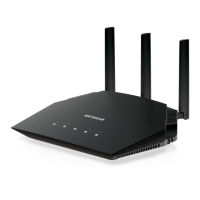12
Encryption
Default Key The ME102 Wireless access point supports 40-bit WEP data
encryption. (40-bit WEP data encryption is also called 64-bit WEP
data encryption by some vendors.) This parameter enables/disables
encryption and select the 40-bit WEP data encryption key to use. Up
to four keys can be defined in the access point. The possible values
for this parameter are Disable, Key1, Key2, Key3, and Key4. . For
more explanation on data encryption, please refer to the wireless
network fundamental chapter at the beginning of this reference
guide. The WEP data encryption method and the key used must be
the same for all wireless nodes and access points in the same
network.
Note: the present version of the USB Configuration Utility software
does not support WEP Passphrase.
Key1 One of the four data encryption keys defined in the access point.
Each data encryption key contains five hexadecimal numbers, making
it 40 bits wide. Together with the twenty-four factory-set bits to
make up a 64-bit encryption key.
Key2 One of the four data encryption keys defined in the access point.
Key3 One of the four data encryption keys defined in the access point.
Key4 One of the four data encryption keys defined in the access point.
Authentication Configurable between Open System (WEP disabled), Shared Key (40-
bit WEP data encryption), and Both.
Operational Setting
Fragmentation Setting This is the packet length used for fragmentation. Packets larger than
the size programmed in this field will be fragmented. The Fragment
Threshold value must be larger than RTS Threshold value. The
default value for Fragment Threshold is 2346.
RTS Threshold The packet size that the wireless node uses to determine if it should
use the CSMA/CD mechanism or the CSMA/CA mechanism for
packet transmission. With the CSMA/CD transmission mechanism,
the transmitting station sends out the actual packet as soon as it has
waited for the silence period. With the CSMA/CA transmission
mechanism, the transmitting station sends out a RTS packet to the
receiving station, waits for the receiving station to send back a CTS
packet before sending the actual packet data. The default value for
RTS Threshold is 2346.
Preamble Type A long transmit preamble allows the receiver to lock into the received
bit patterns more easily. A short transmit preamble provides better
performance. The default value is Long Preamble.

